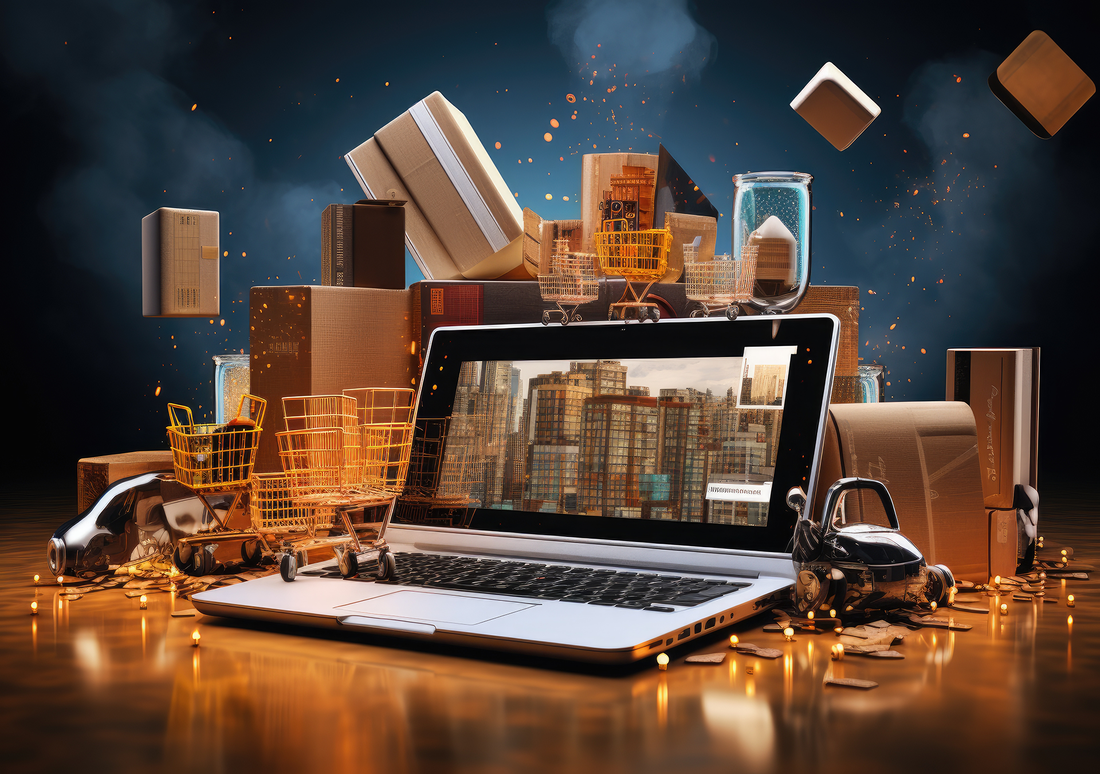When we talk about Augmented Reality (AR) in e-commerce, the spotlight often shines on consumer goods like fashion, beauty, or home decor. However, its application is making significant inroads in the B2B sector, transforming how businesses showcase products, streamline operations, and enhance customer experience. This blog explores how AR is reshaping B2B e-commerce beyond the realm of consumer goods.
- Enhanced Product Demonstrations
Virtual Showcases: Industrial machinery, tech equipment, or large-scale items can be virtually presented to potential B2B buyers using AR, eliminating the need for physical showrooms or extensive traveling.
Customization Previews: For products that can be customized, AR allows clients to visualize modifications in real-time, aiding decision-making.
- Training and Onboarding
Interactive Manuals: AR can transform user manuals and training guides into interactive experiences. New users or clients can get hands-on virtual guidance on using machinery, software, or other B2B products.
Remote Assistance: Using AR glasses, experts can guide on-site technicians or clients remotely, overlaying digital instructions on the real-world view.
- Efficient Warehouse Management
Visualization of Space: Before purchasing or leasing storage equipment or solutions, B2B buyers can use AR to virtually 'place' these in their warehouse space, ensuring optimal fit and utilization.
Real-time Inventory Checks: AR glasses can highlight items in storage that need replenishment or are ready for dispatch, speeding up inventory checks.
- Enhanced Sales Presentations
Immersive Product Pitches: Sales teams can present product features, benefits, and use-cases using AR, making pitches more engaging and memorable than traditional slide shows.
Real-time Feedback Collection: As clients interact with products through AR, sales teams can collect feedback instantaneously, facilitating iterative product enhancements.
- Spatial Planning and Infrastructure
Virtual Infrastructure Placement: Businesses looking to buy infrastructure solutions can virtually position them in their real-world spaces, understanding fit, aesthetics, and functionality.
Safety and Compliance: Before making a purchase, buyers can use AR to verify if machinery or equipment complies with safety standards by virtually overlaying them in the actual intended setup.
- Reducing Sales Cycles
Rapid Decision Making: AR allows potential buyers to virtually interact with products, understand their benefits, and visualize their application, thereby speeding up the decision-making process.
Instant Feedback Loop: With AR demos, B2B sellers can make real-time adjustments based on client feedback, reducing the back-and-forth and shortening sales cycles.
As AR technology becomes more sophisticated, its potential in B2B e-commerce continues to grow. The capability to visualize, interact, and customize products in real-time can be a game-changer for many B2B sectors. Beyond just consumer goods, AR is poised to redefine how businesses interact with each other, making processes more efficient, informed, and engaging.
Interested in exploring the application of Augmented Reality (AR) in the B2B e-commerce sector? Reach out to us. We can provide more information and assist you in understanding how AR can be integrated to improve product showcasing, streamline operations, and enhance the overall customer experience in your business. Don't hesitate to contact us for further details and to discuss the potential of incorporating AR into your B2B e-commerce strategies.

